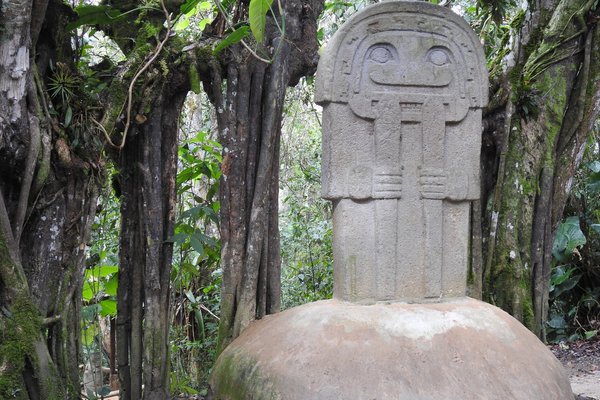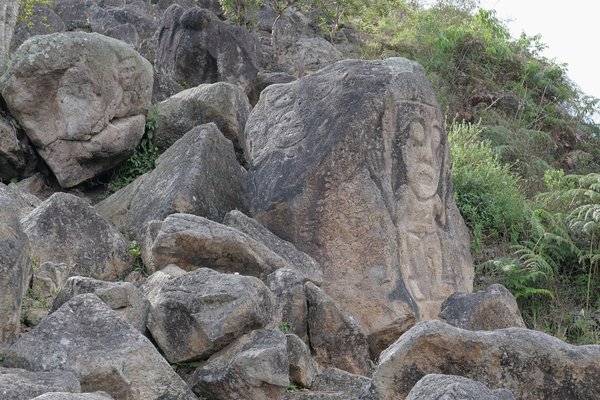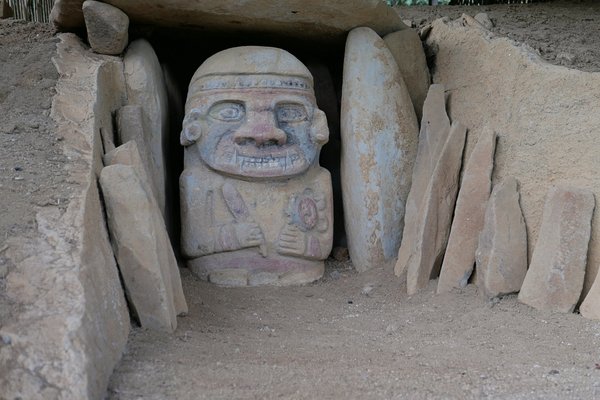Colombia
San Agustín
San Agustín Archaeological Park is a pre-Columbian archaeological site containing the largest collection of megalithic sculptures on the continent.
The sculptures, carved from volcanic rock, vary from abstract forms to realistic images of gods and animals. Most monuments adorn funerary sites, except for the Fuente de Lavapatas, a religious monument carved in the stone bed of a stream. They were constructed during the Agustinian Culture, which flowered from the 1st century CE.
Community Perspective: the site consists of 3 separate locations, and you can easily spend 2 days here as there are some non-inscribed but worthwhile sites in the area as well. Iain visited in 1996, during a period when military roadblocks were common so “getting there was half the fun”.
Site Info
Official Information
- Full Name
- San Agustín Archaeological Park (ID: 744)
- Country
- Colombia
- Status
-
Inscribed 1995
Site history
History of San Agustín
- 1995: Inscribed
- Inscribed
- Type
- Cultural
- Criteria
- iii
Links
- UNESCO
- whc.unesco.org
- Official
-
- icanh.gov.co — Parque Arqueológico de San Agustín
- Related
-
- colombia.com — San Agustin
All Links
UNESCO.org
- whc.unesco.org — whc.unesco.org/
Official Website
- icanh.gov.co — Parque Arqueológico de San Agustín
Related Resources
- colombia.com — San Agustin
News Article
- July 7, 2016 thecitypaperbogota.com — Colombia’s heritage statue park San Agustín in Google Street View
Community Information
- Community Category
- Archaeological site: Pre-Columbian
Travel Information
Recent Connections
-
Perfect Inscriptions
1995 -
Protective Shelters
-
Foreigner prices
Entrance for foreigners costs 50,000 pe…
Connections of San Agustín
- Geography
-
-
Andes
(1695 mtrs) -
Isthmo Colombian Area
-
- History
-
-
Megalithism
The wealth and concentration of elaborate monumental burials and associated megalithic statuary .. (OUV)
-
- World Heritage Process
-
-
Perfect Inscriptions
1995 -
Inscribed on a single criterion only
iii. to bear a unique or at least exceptional testimony to a cultural tradition or to a civilization which is living or which has disappeared
-
- Human Activity
-
-
Man-made Terraces
"huge monumental platforms, terraces and mounds"
-
- Constructions
- Timeline
-
-
Built in the 1st century
"Around the 1st century AD there were profound cultural changes in the san Agustin area. This was the period of the great flowering of monumental lithic art, the so-called Augustinian Culture" (AB ev)
-
- Visiting conditions
-
-
Foreigner prices
Entrance for foreigners costs 50,000 pesos, for Colombians it is 35,000 pesos (Jan 2020)See www.icanh.gov.co
-
News
- thecitypaperbogota.com 07/07/2016
- Colombia’s heritage statue park Sa…
Recent Visitors
Visitors of San Agustín
- Alberto Rodriguez Gutierrez
- Alejandro Lau
- Alexander Barabanov
- Ammon Watkins
- Artur Anuszewski
- Atila Ege
- basementonline
- BaziFettehenne
- Carlos Sotelo
- Daniela Hohmann
- Els Slots
- Erfe91
- Erik Jelinek
- Eva Kisgyorgy
- Frédéric M
- headventure
- Iain Jackson
- Jarek Pokrzywnicki
- Javier
- Jens
- Joyce van Soest
- Justin Rickey
- Liamps91
- Loic Pedras
- Lucas Del Puppo
- Lucio
- manuel011197
- MarcoB_0
- Martin
- Michael Ayers
- MMM
- Monica66
- Morodhi
- Nihal Ege
- Patrik
- Patrik_globe
- Philipp Leu
- Pieter Dijkshoorn
- Reza
- Roger Ourset
- Roman Bruehwiler
- Samy G
- Sergio Arjona
- sibariam
- Solivagant
- Szucs Tamas
- Tamara Ratz
- Tevity
- Thomas Buechler
- Vanessa Buechler
- Westwards
- Zoë Sheng
Community Reviews
Show full reviews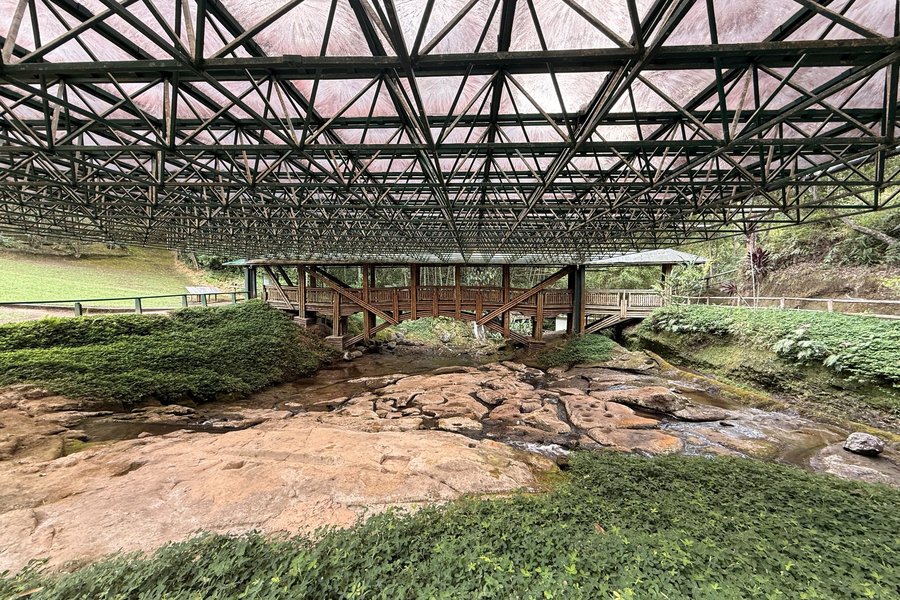
General Information
San Agustín has been covered thoroughly, but I tried a new approach to reaching the site, which I believe can cave future visitors a lot of time and money, so I’m writing this review to highlight that. I’ll also share general impressions of the site.
Getting There
I did not have much time to visit, so I had to get creative because I wanted to fit both Tierradentro and San Agustín in 3 days. Having read the reviews, I knew I could fly to Popayán and then hire a private tour. I contacted several tourism companies and the best they could offer me is both sites for $500 (on top of the flight to Popayán) one day each, with each day involving very early days and 3-4 hour of driving each way. The amount of hours in a car and the cost deterred me from this option. On the other hand, I also considered taking public transport; but knowing I had very limited time, and how unreliable public transport is in the area, I decided this wouldn‘t be an option for me either.
Instead, I noticed there are 2 daily flights between Bogotá (BOG) and Pitalito (PTX), a relatively smaller city that is only 30 min away from San Agustín via car. Since I also wanted to visit Tierradentro, I rented a car from a local company called Presta Cars, which gave me a lot of freedom to go as I please between locations. I covered more of …
Keep reading 0 comments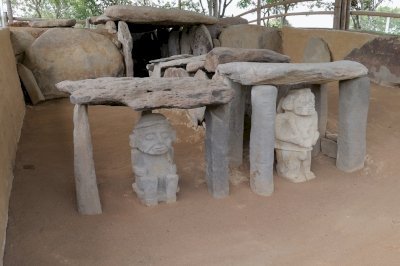
[visited in April 2022]
Based in the town of San Agustín, it is quite easy to reach the three sites indicated as WHS. A two-day ticket for the entire archaeological area is on sale and can be purchased at the Museum located at the entrance to the San Agustin Archaeological Park, which can be reached on foot from the town along an asphalted road.This is undoubtedly the largest and most interesting site of the three and worth a day's visit.
The next morning I visited the other two sites: Alto De Las Piedras and Alto de los Ídolos, they are in Isnos and a ride by car is required to reach them. Less extensive than the main park of the previous day, especially the first, but in my opinion they are both worth a visit and you can do it in half a day.
In the afternoon I visited other sites around the town of San Agustín which, although excluded from UNESCO heritage sites, absolutely deserve attention: in particular La Chaquira, La Pelota and the nearby El Purutal (the last two for a fee because not included in the official ticket ). Very pleasant visit, I recommend to do it on horseback, it is an itinerary of 4/5 hours in total.
The level of care and maintenance of the entire archaeological area is truly commendable: really excellent!
Keep reading 0 comments
San Agustín isn’t as hard to reach as Tierradentro, but the 135km between Popayan and San Agustín still took the public bus 5 hours. About 3.5 of them were spent on an unpaved road right across Puracé National Park, which at least offered great views in return. The bus will drop you off at the turn-off to San Agustín, from where it is approximately 8km into town and another 3 km to the Archaeological Park. This add-on was nicely taken care of by the bus company (Cootranshuila), as they paid for my ‘taxi’ into San Agustín (on the back of a motorbike).
As the site closed at 4 p.m. and it was already 1 p.m., I continued straight on to the park. At the ticket office, they were kind enough to store my backpack behind the counter, so I did not have to haul it around the extensive grounds. A minor complaint, though, is that they have succumbed to the practice of ‘foreigner pricing’. I can understand it in certain circumstances, but there are a lot of middle-class Colombians and the price difference between 35,000 pesos, what they have to pay and 50,000 pesos for foreigners isn’t that much (charge all 40,000 and you will get the same revenue, as the domestic tourists by far outnumber those from abroad). But in the end, I was happy to pay the equivalent of 12.50 EUR for a truly unique site on a global scale and two days’ worth of …
Keep reading 0 comments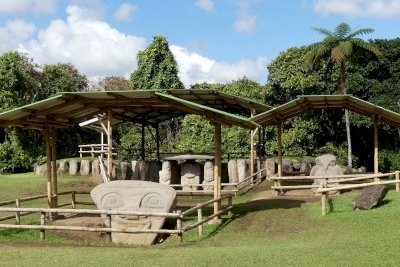
Some points which might be of use to someone planning a visit to San Agustin and deciding how to visit its 3 locations (Based on a visit in Nov 2019)a. Alto de los Idolos is closed for renovations until (at least?) Aug 2020. Worth double checking I guess if you arrive before this!b. San Agustin is the main park and, with its museum, could take a full morning or longer. c. It consists of 5 authentic “in situ” elements (3 “Mesitas”, 1 “Fuente” and 1 “Alto”) all situated within a fenced and “ticketed” area. There are paths (mainly paved) between them. Only the final “Alto” requires a short climb d. There are 3 “Mesitas” (“A”, “B” and “C”). These are areas levelled by the builders of the San Agustin tombs to provide flat areas for the location of several groups of tombs. The tombs consist of “dolmen” which would have been covered by earth and have had guarding statues at their entrances. e. We visited in the sequence B, C, A. I felt that there was a benefit on reaching B as soon as possible in the morning. All the tombs and stones are covered by modern protective structures and, as the sun climbs, these cast dark shadows across the stones making photography difficult (the worst is when the shadows cross half way up a statue!) The Triangle and the Eagle were fully clear when we reached them (on the other hand we had to postpone the Museum until …
Keep reading 0 comments
We were happy to reach San Agustin at the end of our bumpy 5 hr ride from Popayan. The town of San Agustin itself is nothing to get too excited about but the surrounding area is beautiful so I'd recommend staying just outside of town at one of the nicer and quieter resorts or above town to enjoy the views during your down time.
The WHS consists of 3 sites which we saw over 2 days. Our first visit was to the main archaeological park 3km out of town. The entry fee is a bit much at 50,000 pesos but is valid for 2 days and all 3 sites. There is a nice museum on site and overall the sites are well maintained and presented though English signage is limited so read up ahead of time or hire a guide at the entrance.
Not a lot is known about the San Agustin culture but they were clearly very skilled artisans. The main attractions are the numerous statues on display, each one unique and displaying various human and animalistic features and symbols, the meaning of which archaeologists are still debating. I enjoyed them more than I'd expected but found the sites a little hard to grasp and connect with since they consist of scattered burial chambers all carefully fenced off and covered for protection with manicured lawn between them. There is little sign of any connecting life, villages, buildings or "ruins" suggesting a community or culture other than a few clay …
Keep reading 0 comments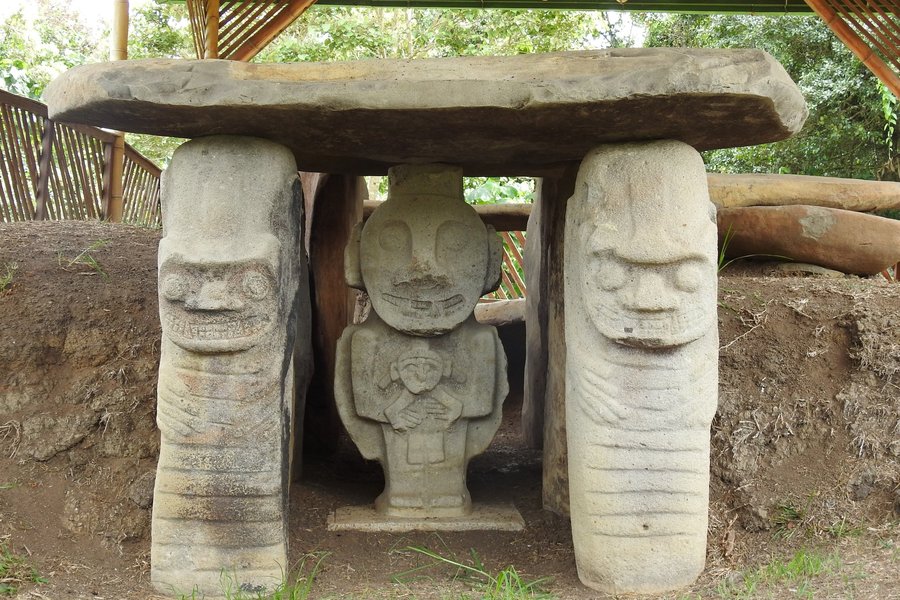
In 1996 I got to San Agustin by bus from Popoyan, a distance of about 140kms. The journey took 8 hours through splendid mountain scenery including at the highest altitudes, a long stretch of wild cloud forest protected by a National Park. There were military road blocks along the way and we were subject to a long delay while the soldiers looked for, and found, a large stash of drugs, hidden in the bottom of a large blue plastic bucket covered by round white cheeses. The carrier of this cargo was, understandably, not keen to identify himself to the soldiers so all adult males on the bus were required to stand in a line in the pouring rain until the corporal in charge satisfied himself, one by one, that the bucket was not ours. The owner, when eventually found, was detained by the army
I often say "getting there is half the fun".
The inscribed site is in 3 parts. I visited the two most important, the Archaeological Park and the Alto de los Idolos.
I found the whole visit extremely enjoyable. San Agustin is an attractive laid-back little town with friendly helpful people. The lush green mountain scenery is gorgeous. I stayed at Residencias Menezu and would recommend it highly.
I learned something of the way of life (and death) of a civilisation of which I had previously known nothing. Some of the works which were undertaken, like slicing the top off 2 small hills and filling in the …
Keep reading 0 comments
